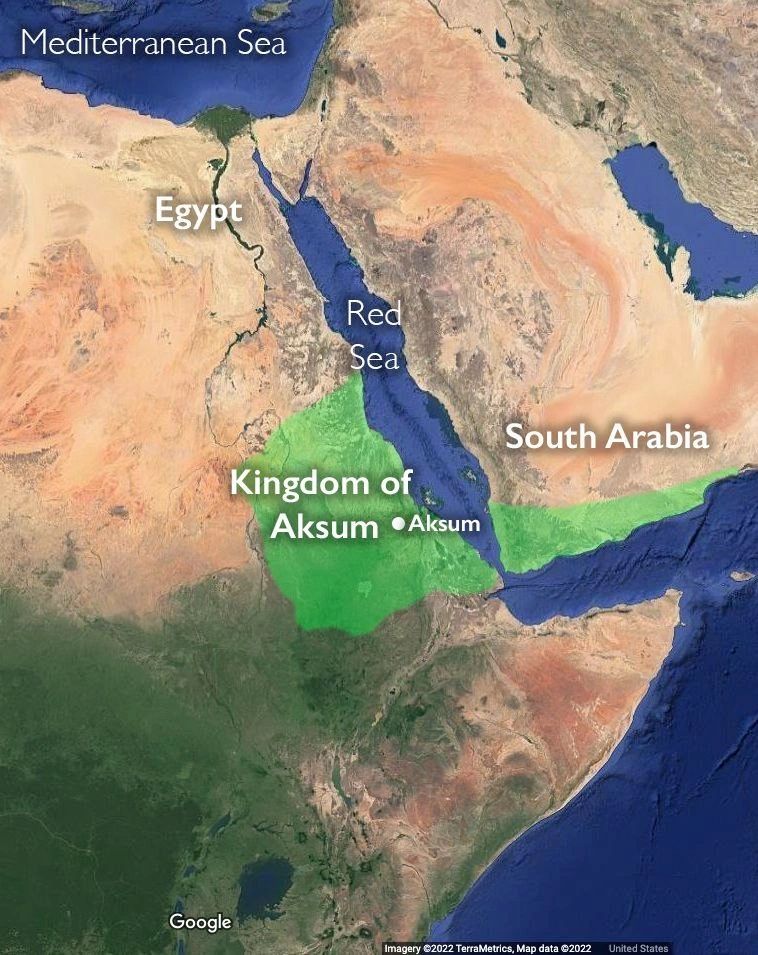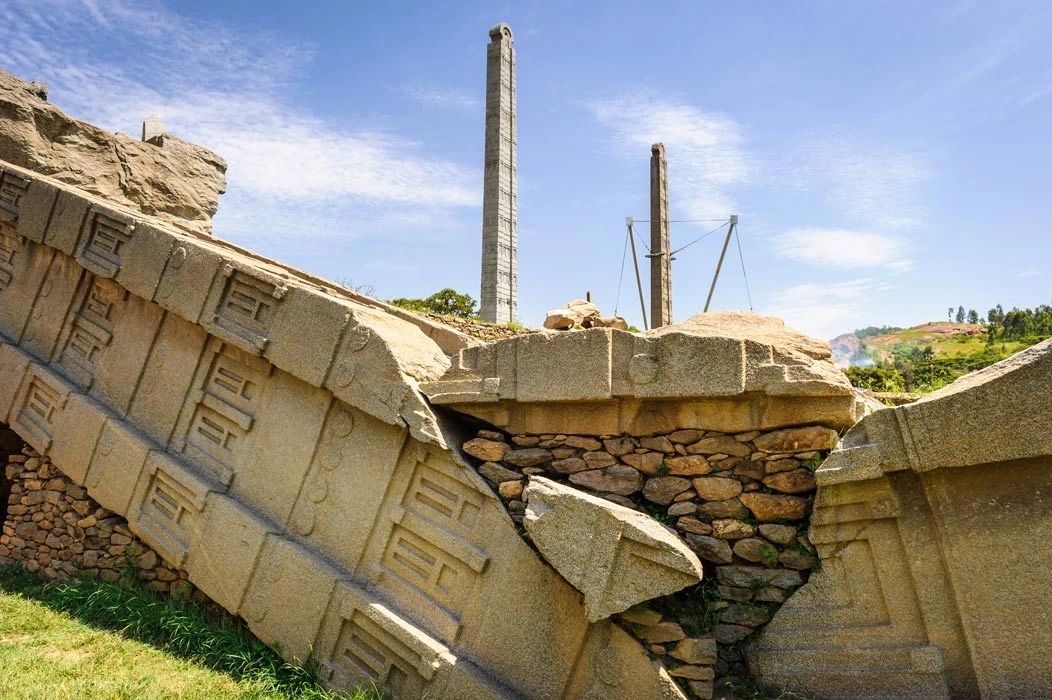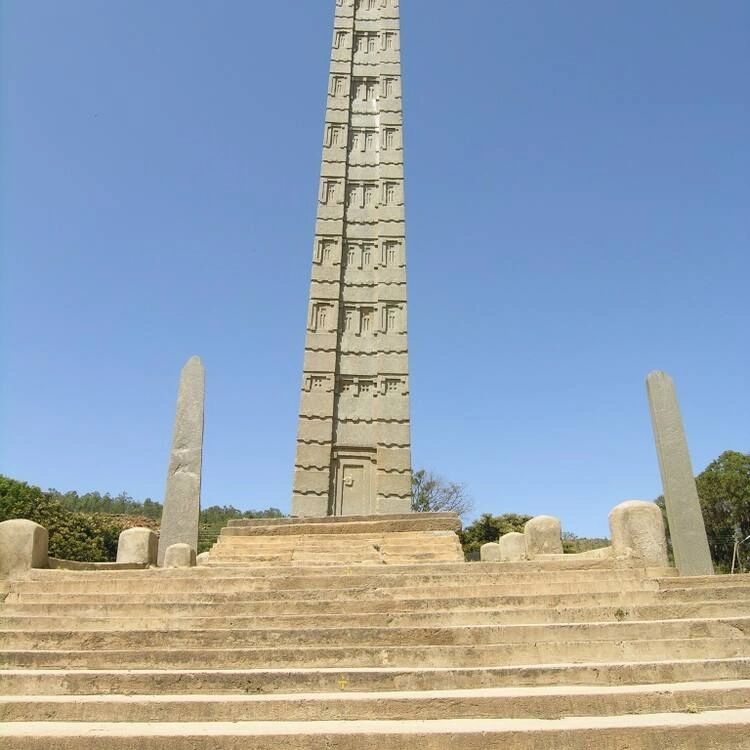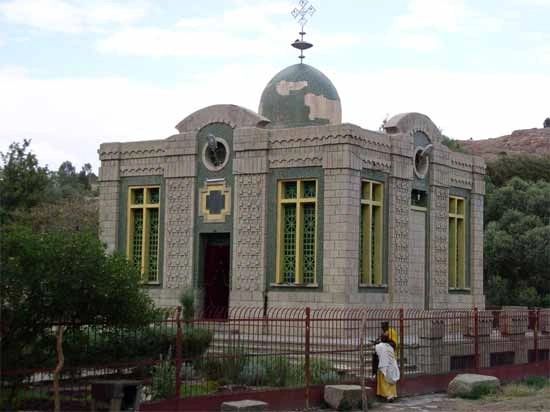African History: The Kingdom of Aksum
The kingdom of Aksum (or Axum; also known as the Aksumite empire) is one of the earliest civilisations of Africa, located in present-day northern Ethiopia (Tigray province) and Eritrea. It existed from approximately 100 AD and lasted until the 10th century.
The origin of the Aksumite empire is said to be shrouded in mystery. According to Ethiopian history, Menelik I, the son of the legendary Queen of Sheba and King Solomon of Israel, founded the kingdom.

According to research, the Kingdom of Aksum grew in power and influence, flourishing as a centre of commerce connecting the Middle East with Africa and Asia. Its location on the Red Sea enabled it to control trade routes between the Roman Empire, India, and Arabia, making it one of the world’s most important trading centres.
The Aksumites profited from trading gold, frankincense, ivory, and other luxury goods. Their coins were among the earliest coins minted in Africa. They were made of gold, silver, and bronze and bore the images of their rulers.

The kingdom also had strong military power, especially its naval strength. Aksum’s armies conquered territories like parts of Sudan, Yemen, and Eritrea. Its naval forces guarded the Red Sea and protected the trade routes.
The kingdom was also known for its impressive architecture, which includes many buildings and monuments that still exist today, such as the Palace of the Queen of Sheba and the over 30-meter-tall Aksumite stelae.

The Aksumites were among the first civilisations to adopt Christianity, and it played a significant role in the spread of Christianity in Africa. The Church of Our Lady Mary of Zion in Aksum is assumed to be one of the oldest Christian churches in the world. The kingdom of Aksum also developed a written language known as Ge’ez for several important works of literature, religious texts, art and architecture.

The Kingdom of Aksum is said to have been one of the four most significant powers in the world. Despite its power and reputation, it declined in the 10th century and eventually fell to the Zagwe dynasty- a medieval dynasty that ruled the northern parts of Ethiopia and Eritrea. The Kingdom’s decline occurred due to combining factors such as environmental factors, over-expansions and invasions.
The enduring legacy of Aksum influenced the history and culture of the region. The persistent use of the Ge’ez script in Ethiopia, its peculiar form of Christianity, and its rich artistic and architectural heritage are all indelible reminders.







